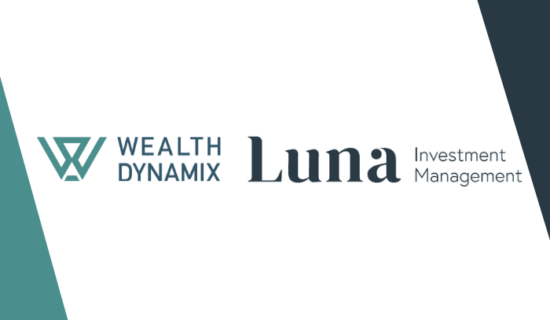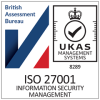Building a business case for technology that potentially impacts every department at every stage of the customer lifecycle is a huge challenge for wealth management firms. Given that research shows that businesses increasingly want to make software-buying decisions faster[1], adopting the right methodology is critical. To that end, wealth managers need a fit-for-purpose, best-in-class business case blueprint which can help them navigate the process rapidly.
The first stage of this process is ensuring strategic alignment on what the business case is actually for and avoiding a scenario where the business case doesn’t stand up under scrutiny.
Here is a rundown of three essential steps to success wealth managers should take when completing this first stage:
1. Defining and Prioritising Outcomes
Begin by looking at the specific outcomes the firm is seeking to achieve. This should be done through three different lenses: client outcomes (for instance, providing a fast, pain-free onboarding experience), employee outcomes (giving staff a better understanding of complex processes) and firm outcomes (increasing volume of client base and average wallet share).
None of these outcomes exist in silos; they are interconnected and mutually reinforcing. Where wealth managers can find an emergent theme among these perceived high-priority outcomes, this should echo with the firm’s overall strategy. If it doesn’t, the firm should scrutinise this discrepancy; the two should be aligned.
Understanding exactly where the business wants to go – at the overarching strategy level and at the level of client, employee and firm outcomes – can ensure that the proposed action the firm is building a business case for is taking it in a direction that is aligned with all stakeholder objectives.
2. Understanding Challenges
Before beginning the business case generation exercise, it is also important to understand the challenges that could impede the firm from achieving those outcomes. Without identifying these challenges, firms won’t know what actions are needed to overcome them.
Just as outcomes should overlap, the challenges are also frequently interconnected. For example, onboarding pain usually comes from potential clients having to continually rekey information due to a lack of integration. Staff may struggle with complex processes because there is an absence of a rules-driven systematic workflow. And growing the client base and wallet share can be difficult if there are technology challenges for introducing customer-facing digital tools.
All of these examples are common hurdles that wealth managers face – and often these challenges can be distilled down to limitations with the firm’s existing technology stack.
3. Identifying Actions
Having aligned the strategic outcomes, the firm is looking to achieve and the challenges of realising those outcomes, the firm can then start to propose a number of informed ‘action options’. It is important for firms to consider a range of options at this stage to ensure the right decision is made, even if one of those options is to do nothing and maintain the status quo. This also serves as a benchmark to assess the value of the other options.
For example:
- Option A – Buy vendor onboarding solution that covers both internal process and external customer-facing digital tools
- Option B – Buy internal process onboarding solution from vendor and connect this solution to a self-built solution for external customer-facing digital tools
- Option C – Do nothing
This is not an exhaustive list – firms may consider many potential outcomes, which can then be boiled down to a shortlist such as the above example. The respective financially centric business cases for each option would usually then prove the decisive factor as to the chosen route forward.
Source: [1]: Industry Report: Gartner Software Market Landscape Oct 2021
To learn more about building an effective business case for a WealthTech CLM and to read the complete six steps to success, download a copy of our eBook below.





